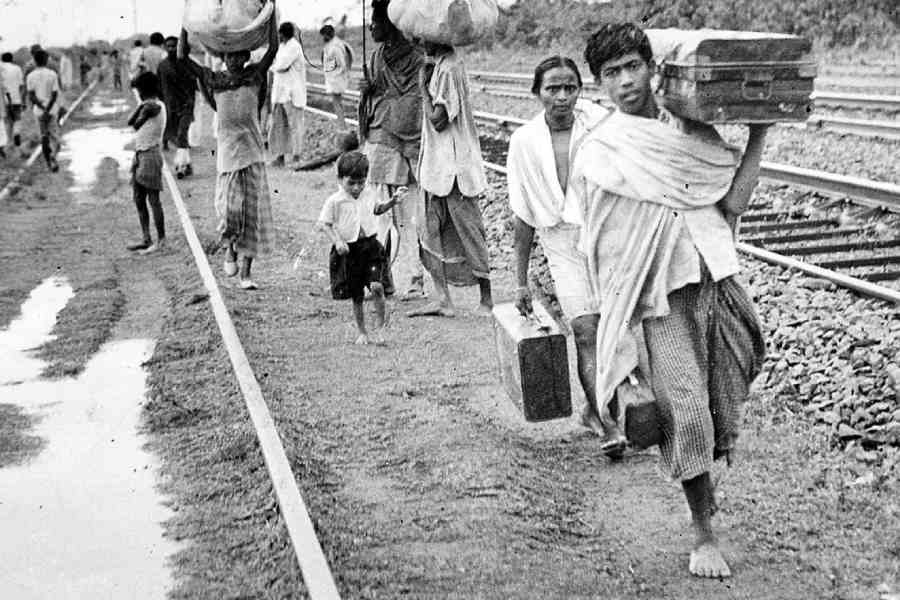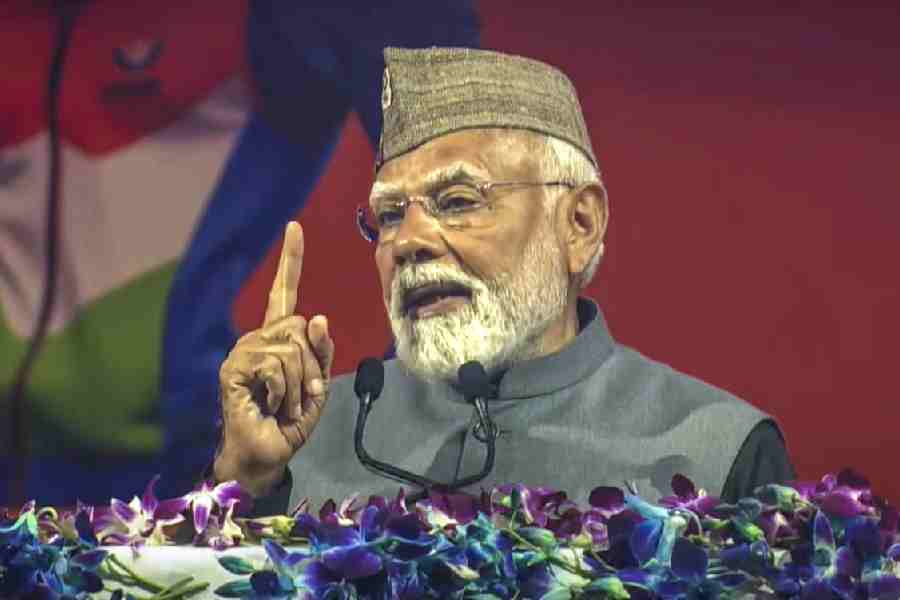INDIA’S NEAR EAST: A NEW HISTORY
By Avinash Paliwal
Penguin, Rs 799
Avinash Paliwal’s book is an interesting work based on extensive research. Its scope is ambitious for it covers the entire period from Independence to almost the present. It sheds light, inter alia, on forgotten or overlooked issues and periods of India’s handling of its eastern neighbours: Myanmar (earlier Burma), Bangladesh (earlier East Pakistan) as well as the role of China and other powers in these countries which impacted Indian interests.
Paliwal notes that “The narrative of this book is centred around four interconnected themes that shape India’s near east: identity politics, cross-border migration, political economies and official antinomies.” While the identified issues are correct, New Delhi’s overarching desire in the wake of Independence was to stabilise the eastern states after the turmoil of Partition. This naturally also required the management of relations with Burma and Pakistan in a manner that contributed to the stability of this Indian region. Paliwal notes the “obvious” that countries’ foreign policies are “shaped by domestic politics and vice-versa” but because the entire region was once under colonial rule, he cannot resist the temptation of inextricably mixing them up instead of “fleshing” them out in a conventional manner. It is wrong to treat domestic and external factors as a continuum or part of a common terrain.
Paliwal is aware of the dangers of the framework of his narrative. He states “‘Near East’ is a colonial term with problematic colonial and racial connotations.” His clarification for using it is laboured. The quest to make the “book’s twin concerns about Indian statecraft and nation building outside in and diplomacy and foreign policy inside out” the “first to break such epistemic barriers” only achieves in making the entire exercise quintessentially colonial.
Keeping the ‘colonial’ nature of Paliwal’s framework aside, his work is noteworthy on account of the information on the concerns of the Indian leadership regarding Burma and East Pakistan. They arose in part because the impact of Partition on the migration of peoples in the eastern part of British India was very different from that in the western part. While no significant minorities remained in West Pakistan, they did so in East Pakistan. A prime concern of the Indian State was to prevent full Hindu migration from East Pakistan (picture) for it would have had a disastrous impact on the aspirations to form India as a secular State. Pakistan, too, had an interest in preventing the large-scale movement of populations. The Nehru-Liaquat pact of 1950 came about thus. But the movement of the minority population from East Pakistan continued and has done so even after the formation of Bangladesh.
Paliwal has navigated India’s relations with Burma and East Pakistan through the 1950s and the 1960s competently. He has shed light on the checks and balances which each country exercised to safeguard its interests. The rise of identity politics in Assam and in what are now India’s northeastern states provided leverage to both Pakistan and China after 1962. In such a situation, India’s territorial integrity became an overriding concern. Strangely, Paliwal assesses that “Driven by changing threat perceptions, Indian leaders were focused on political, territorial and administrative unity of the republic instead of constitutional rights.” Is not the maintenance of territorial integrity the first duty of a State?
Paliwal is particularly good in delineating how India successfully handled East Pakistan in the 1960s and its navigation of the pulls and pressures of the Bangladeshi liberation movement leading to Pakistan’s break-up. Thereafter, Paliwal focuses on political developments in Bangladesh which include the rise of anti-Indian sentiments. He also examines the situation in Assam in the 1980s and keeps his focus on the Northeast’s insurgencies and how India dealt with these. Naturally, anti-India elements in Bangladesh and China were keen to exploit India’s vulnerabilities in the Northeast. It is here that Paliwal really mixes India’s domestic handling of the situation with its external aspects and freely passes judgements on what he considers were Indian missteps on the domestic front. While doing so, he does not pass equally strong judgments on what India’s neighbours were doing domestically.
Paliwal’s treatment of India’s ties with Bangladesh and Myanmar in the 21st century, particularly after 2014, is also judgemental. His ideological affinities become obvious. Nevertheless, the chapters on India’s relations with both countries and the factors, including militant Islam and Buddhism, and the drug trade should merit the attention of Indian scholars and policymakers.
All in all, Paliwal’s work is a must read for members of the Indian strategic community despite its colonial undergirding.











